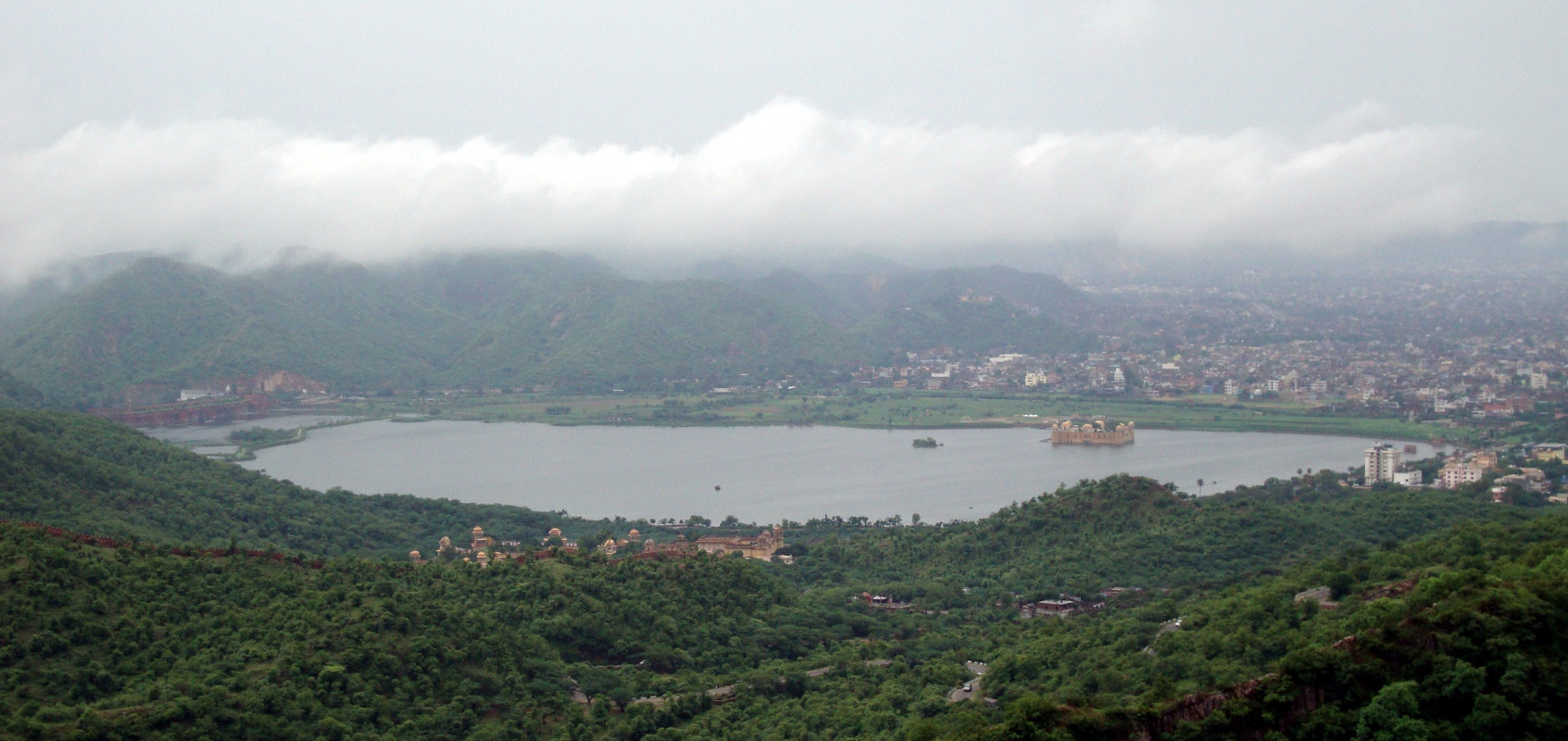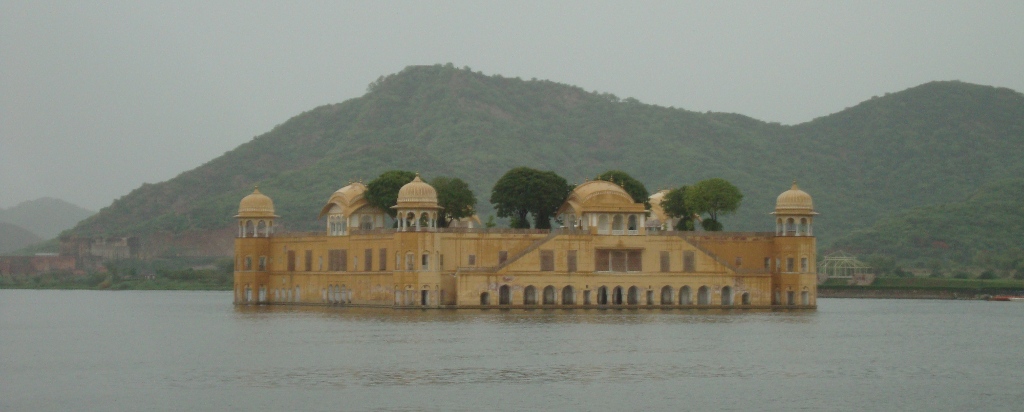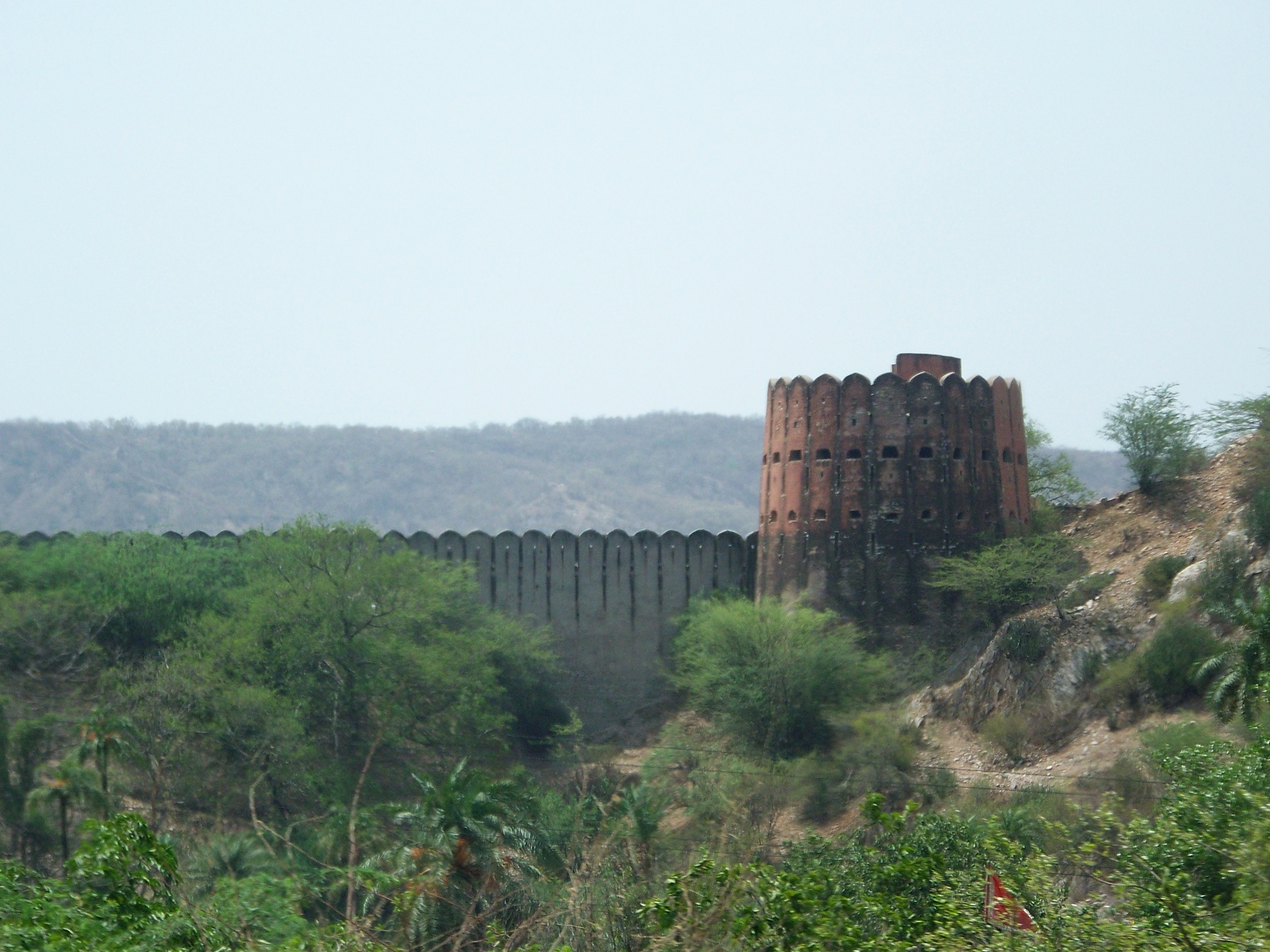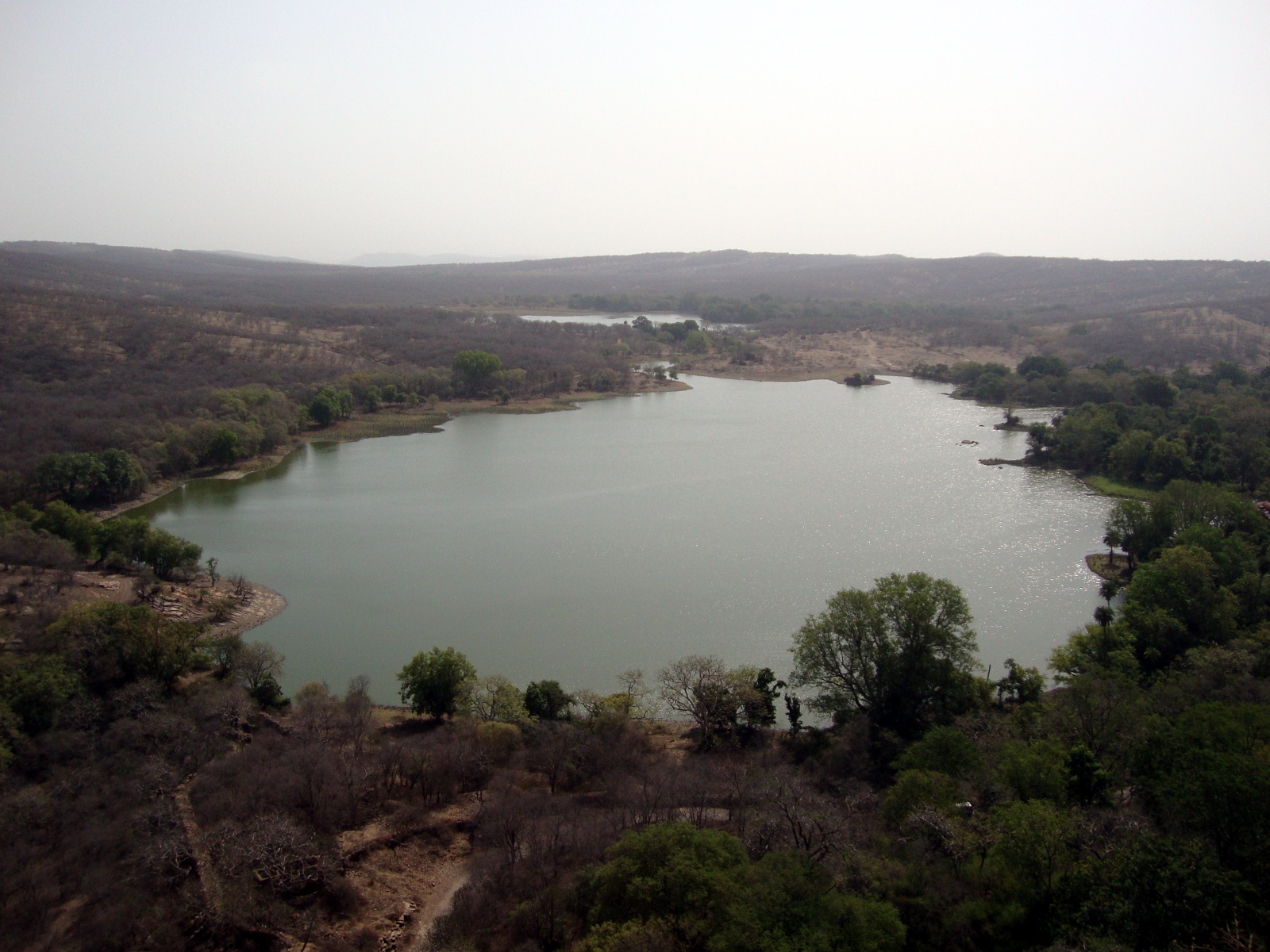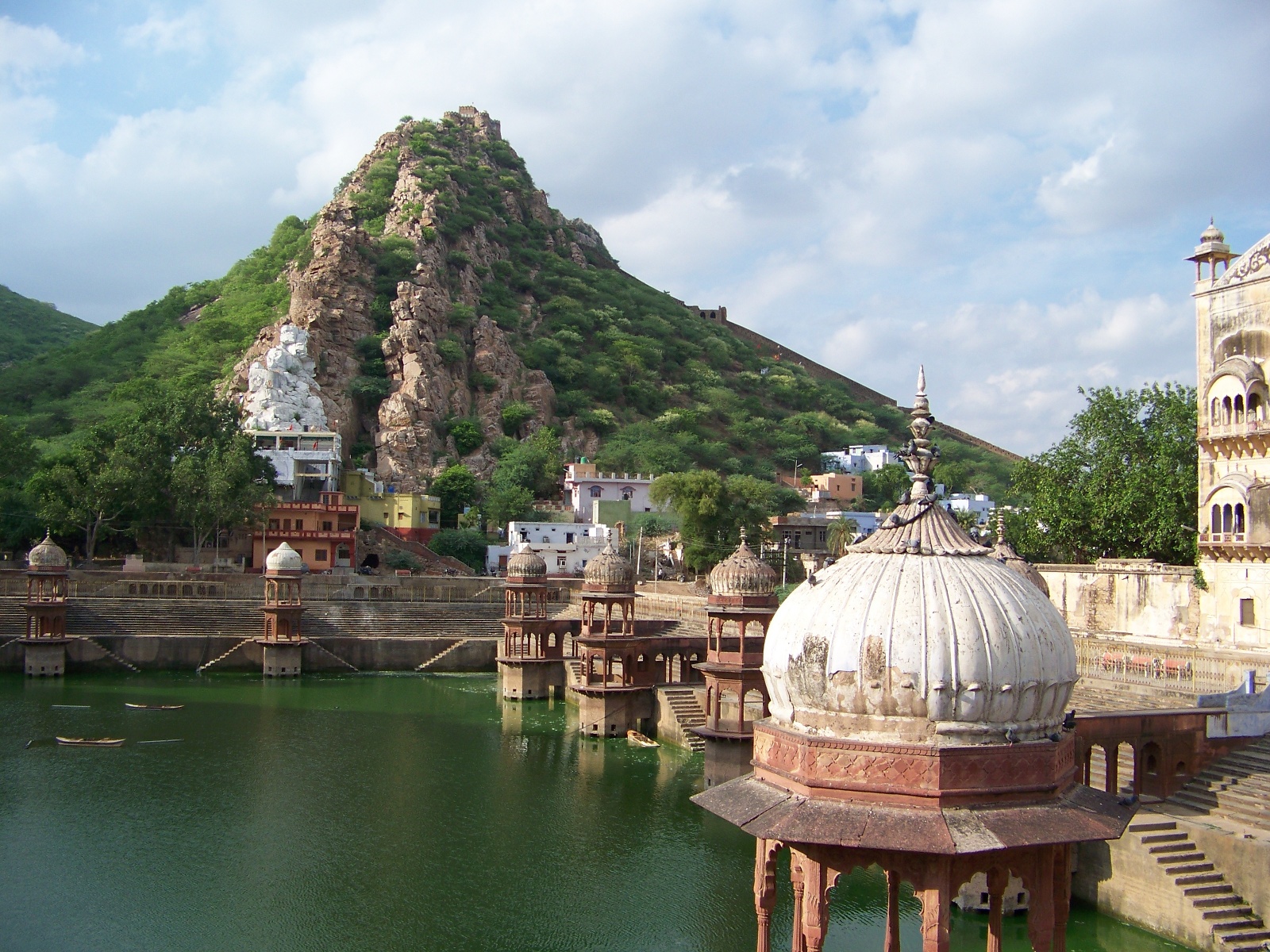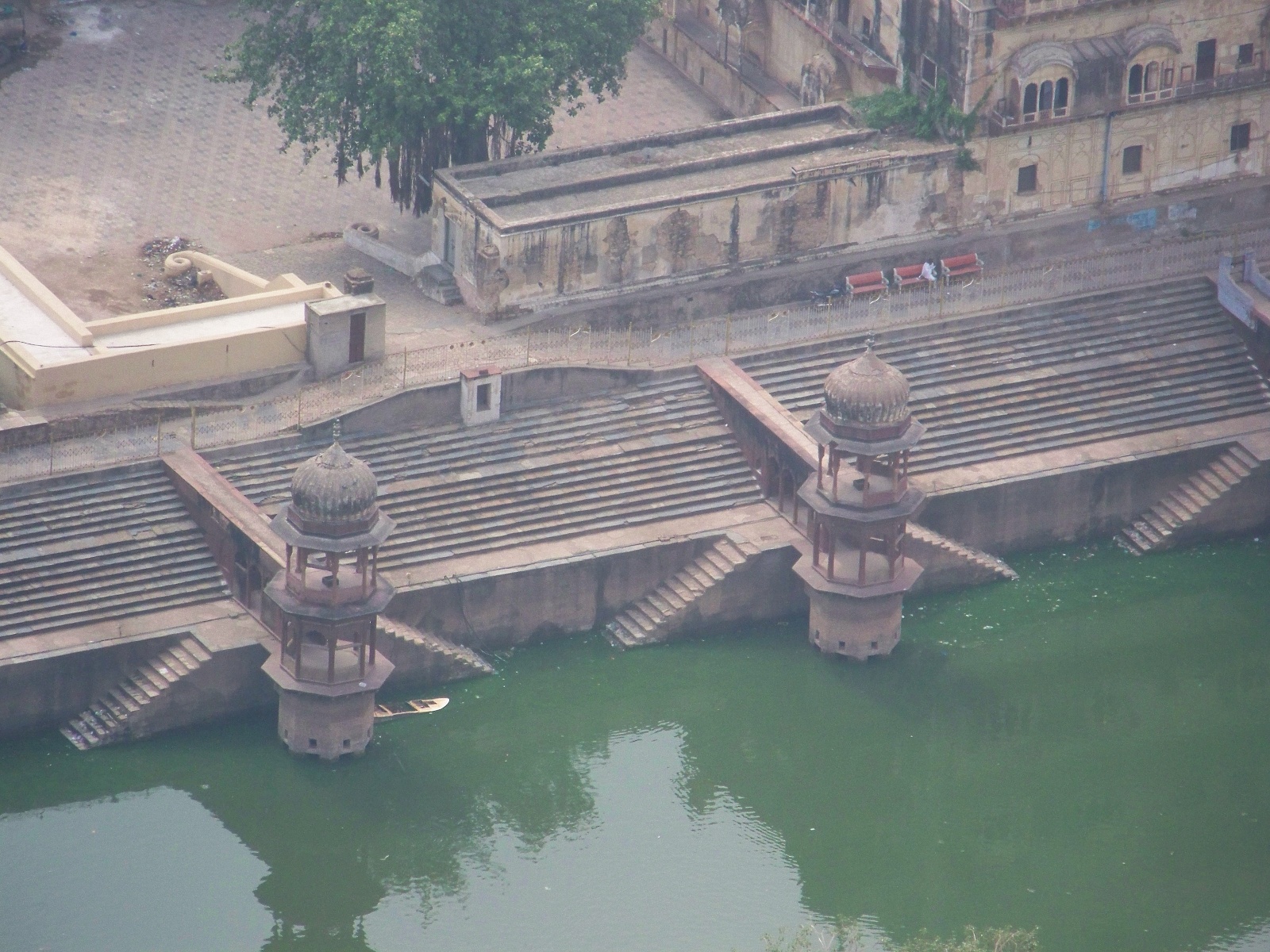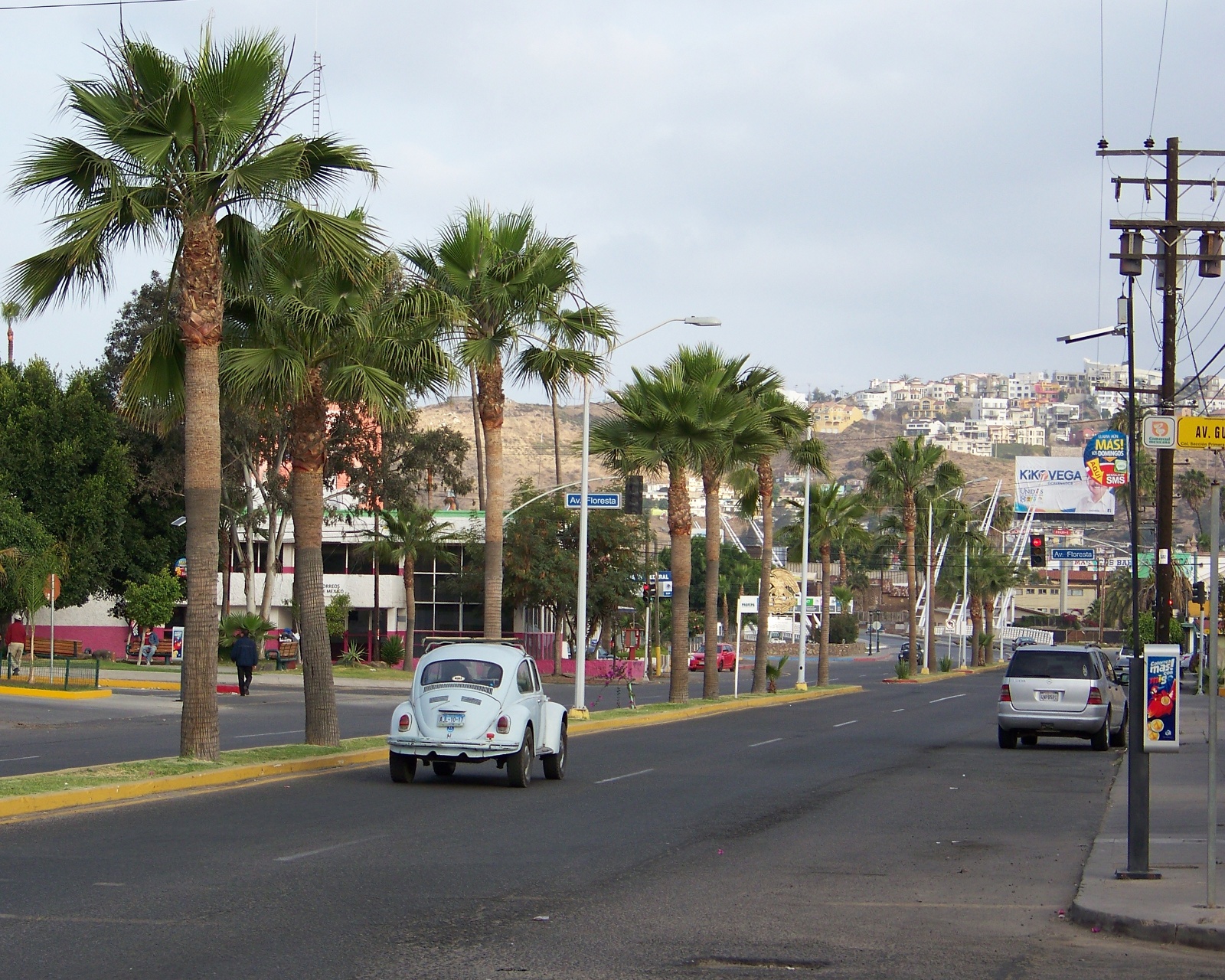
A VW drives down Calle Primera in Ensenada.
Studying history of technology for the past three years has gradually but inexorably changed the way I perceive the world around me. I now think about my surroundings technologically, especially when I visit a new place. I focus on the technology I see in the place, rather than its aesthetics—as any visitor could rightly be expected to do. Because of this, I take some rather unusual vacation snaps, focusing on such mundane technological subjects as bridges, factories, transmission lines, bicycles, and manhole covers.
A recent excursion to Ensenada, in the Mexican state of Baja California, illustrates this phenomenon well. During this trip, I was particularly impressed not by the differences between Mexico and the USA, but by the similarities. Looking at the built environment, I saw that in northern Baja, Mexicans had chosen similar solutions to problems as Americans had north of the border. Contrary to Anglo-American stereotypes that Mexicans are impoverished and rural, I saw that many of the people in Baja drove SUVs on well-made roads and frequented chain convenience stores (particularly the ubiquitous Oxxo).
The SUVS, roads, and convenience stores point to a high level of economic and technological development, much higher than in other parts of the world. On average, though, Mexicans are much less economically prosperous than their neighbors to the north. In some cases, then, they have had to seek solutions that are not capital-intensive. A few things I saw in Mexico reminded me of India; in both countries, restricted resources have forced people to adopt similar solutions to similar problems—even though these people live on opposite sides of the world from each other. Here are some examples:
Hand-lettered signs
In the USA, hiring a painter to produce a simple sign would be more expensive than having one made in a factory. In both Mexico and India, the reverse is often the case.
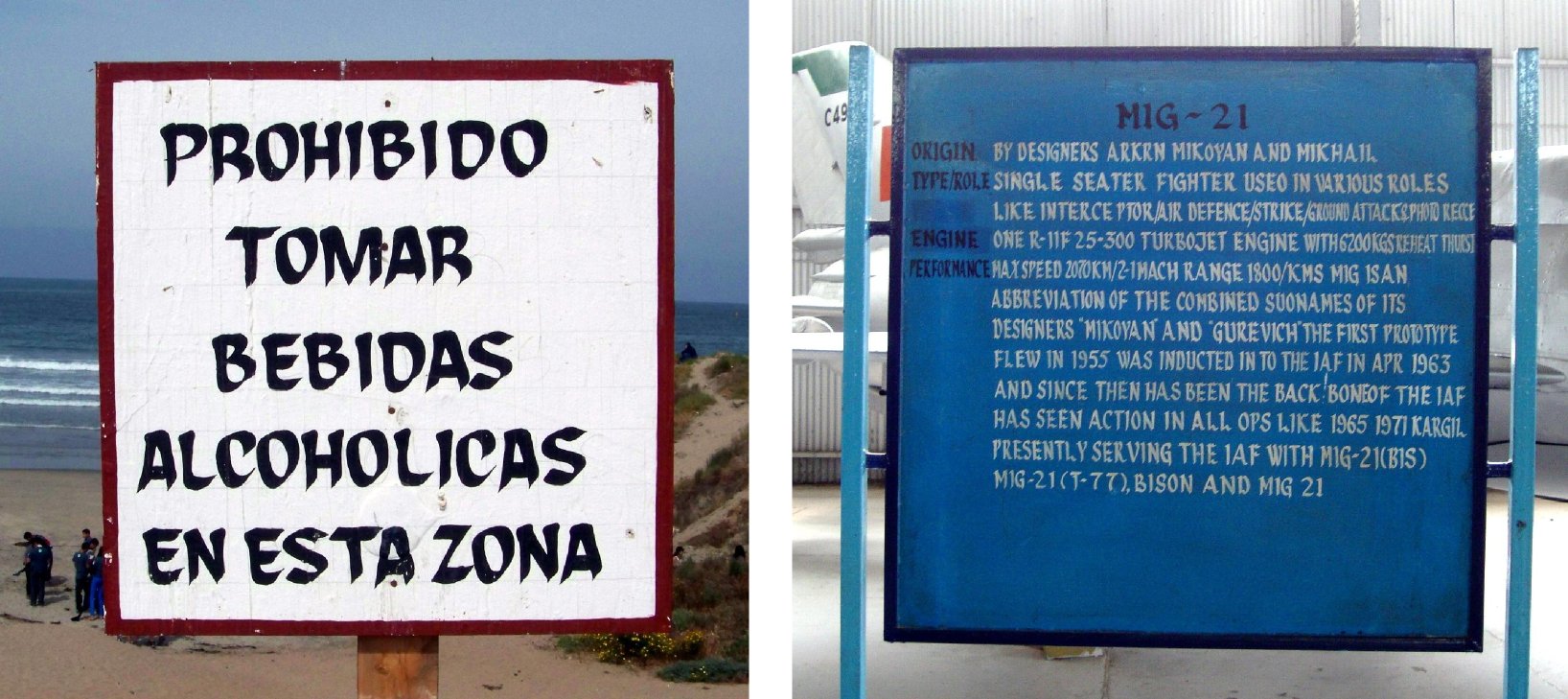
Hand-lettered signs on the Ensenada beach (left), and in the Indian Air Force Museum in New Delhi (right).
Roadside eateries
In India, dhabas are simple roofed structures with few or no walls, where food is prepared and sold on the cheap. I do not know if there is a similarly concise name for the structures in Mexican Spanish. These roadside eateries in both countries save on construction and energy costs; they are a less capital-intensive approach to fast food than the American approach of fully climate-controlled buildings.
Old cars, like new
Mexico’s equivalent to the long-lived Hindustan Ambassador is the Volkswagen Beetle, which was produced in Mexico until 2003, long after the original lines in Germany had closed. Mexican Beetles, some with aftermarket modifications, are a common sight in Ensenada.
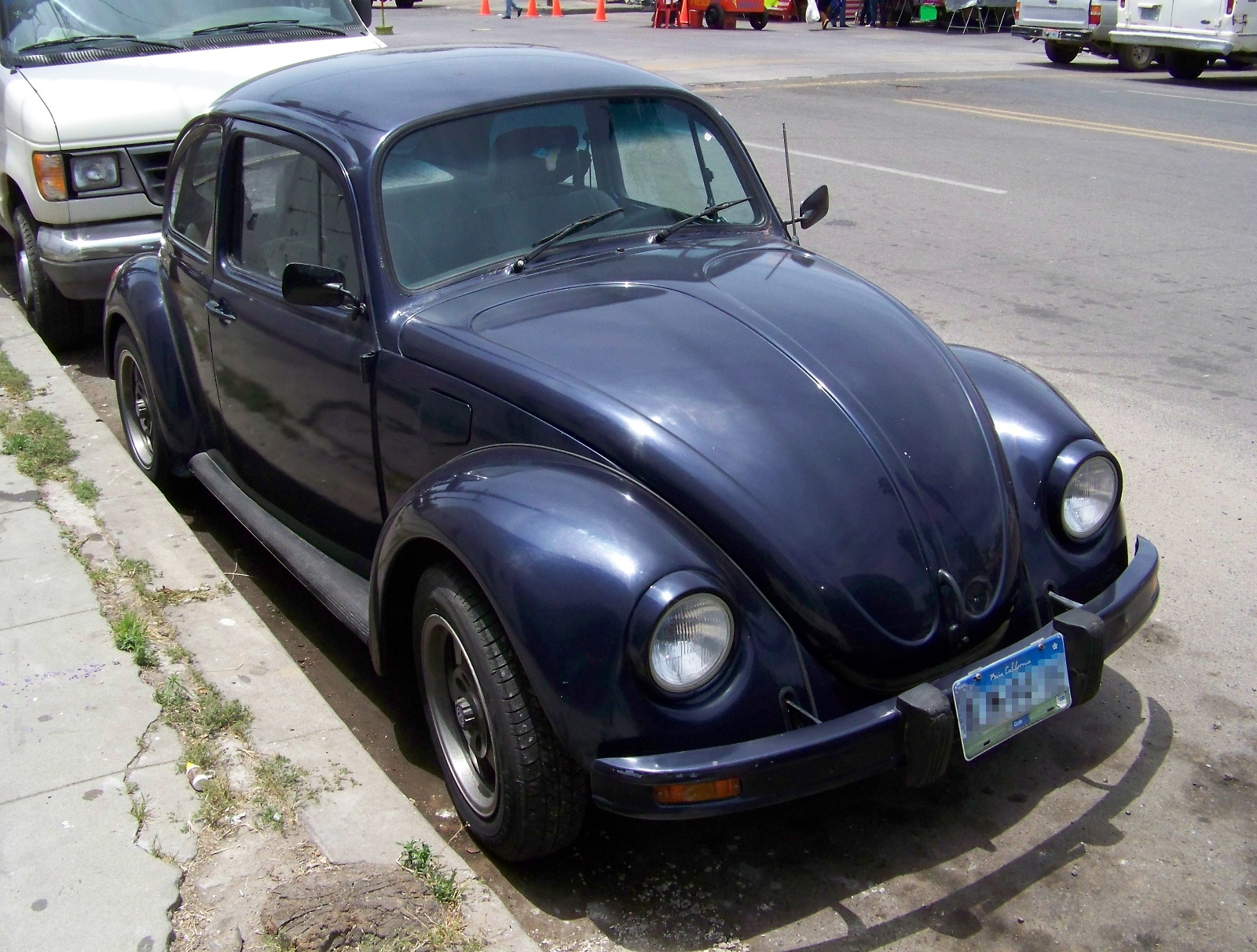
One of many Mexican VWs that I saw and photographed.
Concrete
Mexicans and Indians don’t just use concrete to make roads and buildings; they use it for everything they want to make, ranging from monuments to trash cans.
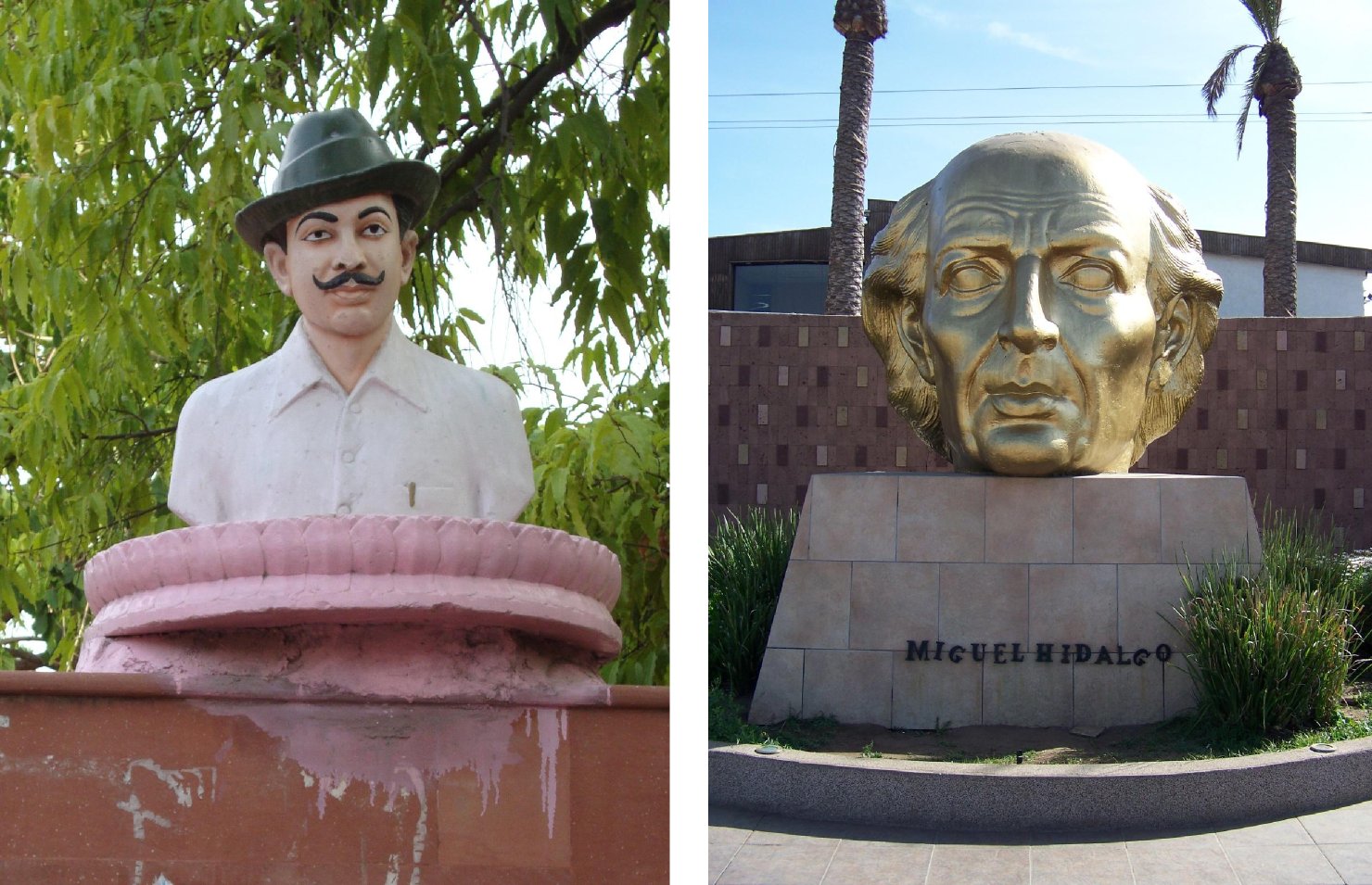
Concrete heroes: the Indian (non-nonviolent) freedom fighter Bhagat Singh (left), and the Father of Mexico, Miguel Hidalgo (right).





















